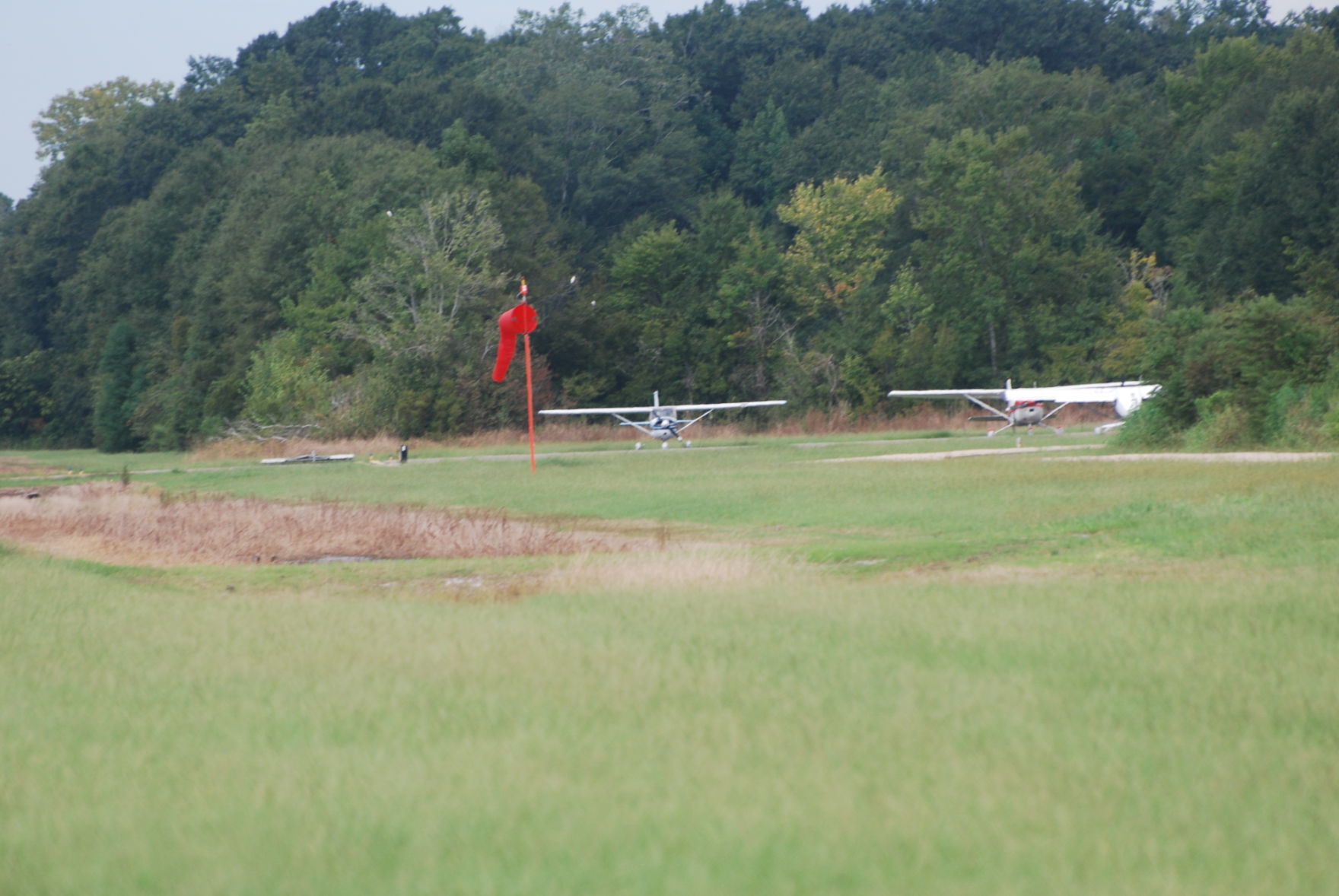
Plant to bring sweet jobs
September 9, 2014Gulf South’s largest real estate firm buys local company
September 9, 2014The Thibodaux Municipal Airport is getting new runway markings and a sealcoat courtesy of a federal grant.
The U.S. Department of Transportation’s Federal Aviation Administration awarded the local airport a $219,585 grant to fund the project.
Pavement Maintenance Unlimited will begin construction Nov. 15, at which time the airport will shut down, Thibodaux Director of Grants Luci Sposito said.
Sposito estimates the project will take fewer than 6 days, but said a 30-day period has been built into the schedule to allow for inclement weather.
The November date was selected to allow Omega Protein Fish Spotters, a local crop-dusting group that utilizes the airport, to finish its season.
“They run daily at the airport through Nov. 15, so we are going to wait until then (to begin work),” Sposito said. “That is when things typically shut down and we can have the airport do the repairs.”
The FAA requires airports use a high-grade marking for flight traffic. “The markings are not simple like you would put in a parking lot,” she said.
Meanwhile, the sealcoat is designed to keep the runway asphalt from cracking in extreme temperatures or under heavy use.
Sposito said the FAA annually awards the Thibodaux airport money. The state provides an additional 10 percent of the funding.
A portion of this year’s allotment will also be used to remap the airport property, better clarifying the facility’s outer boundary lines.
“We currently lease the property, so we do not have a clear boundary of the airport itself,” Sposito said. Approximately $102,000 has been designated for those upgrades, she said. T. Baker Smith has been hired to do that work.
Stricter FAA regulations require airports be free of safety hazards: poor markings, potholes or trees near runways, which can block pilots’ vision.
“We work to make sure there are no obstructions,” Sposito said. “It is just like if you are traveling down Canal Boulevard and there is a tree blocking your view. We have to keep trees topped and the grass cut.”
Sometimes maintenance projects are tough to accomplish for smaller airports like Thibodaux Municipal because of a lack of funding.
“Larger airports get more money so they can implement larger projects,” Sposito said.
Through FAA programs, the Thibodaux airport receives $135,000 annually.
“There is a certain amount of time to use those funds or you will lose the money,” Sposito said.
Thibodaux’s airport traffic generally accommodates private planes, whereas larger airports service passenger and cargo planes. As a smaller airport, the competition for funding is stiffer, the grants director explained. “We usually save our money for larger projects, so we usually carry over our entitlement funds.”
Thibodaux Municipal Airport will close in mid-November to remap the boundaries and redo the sealcoat and markings.









